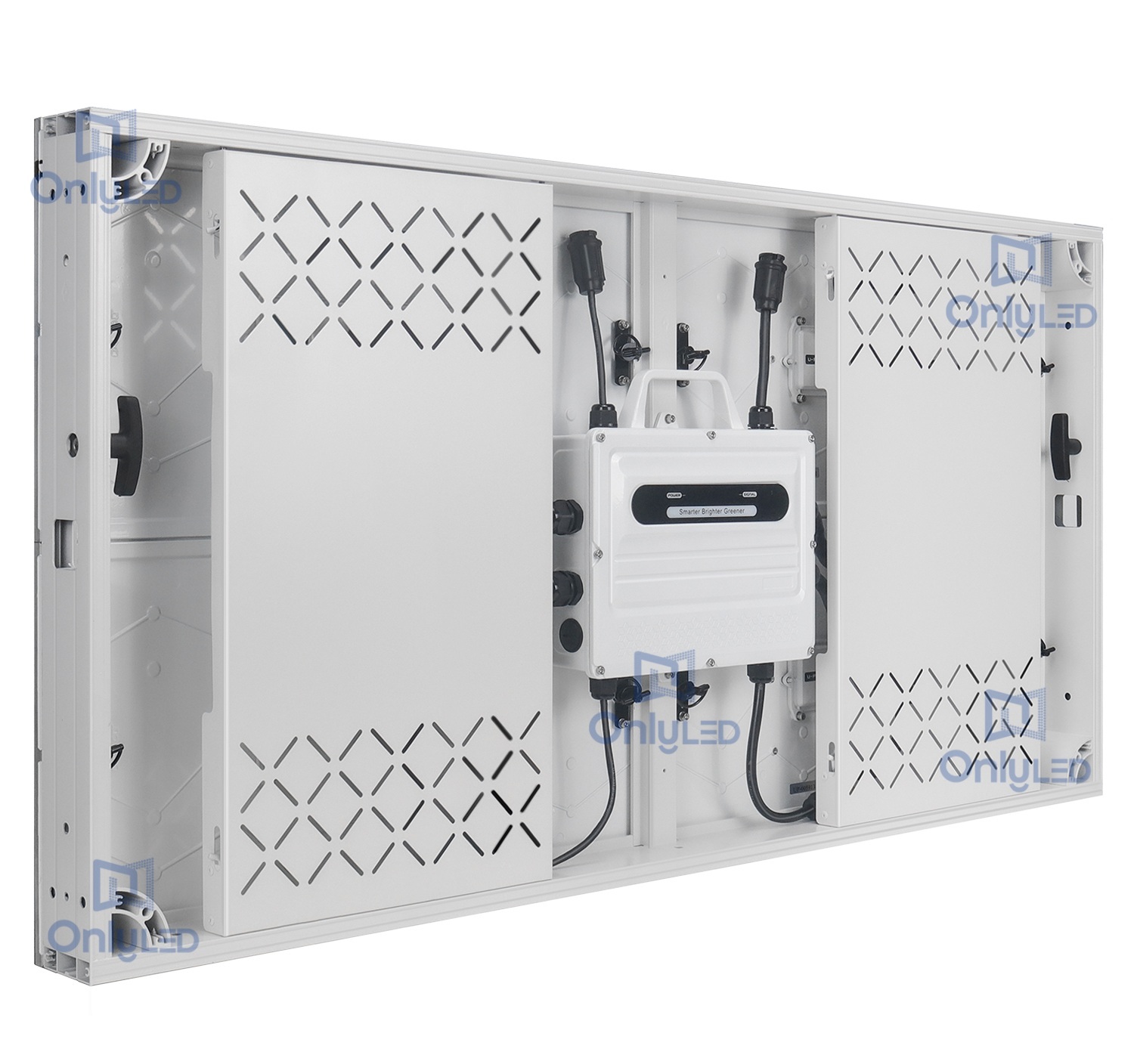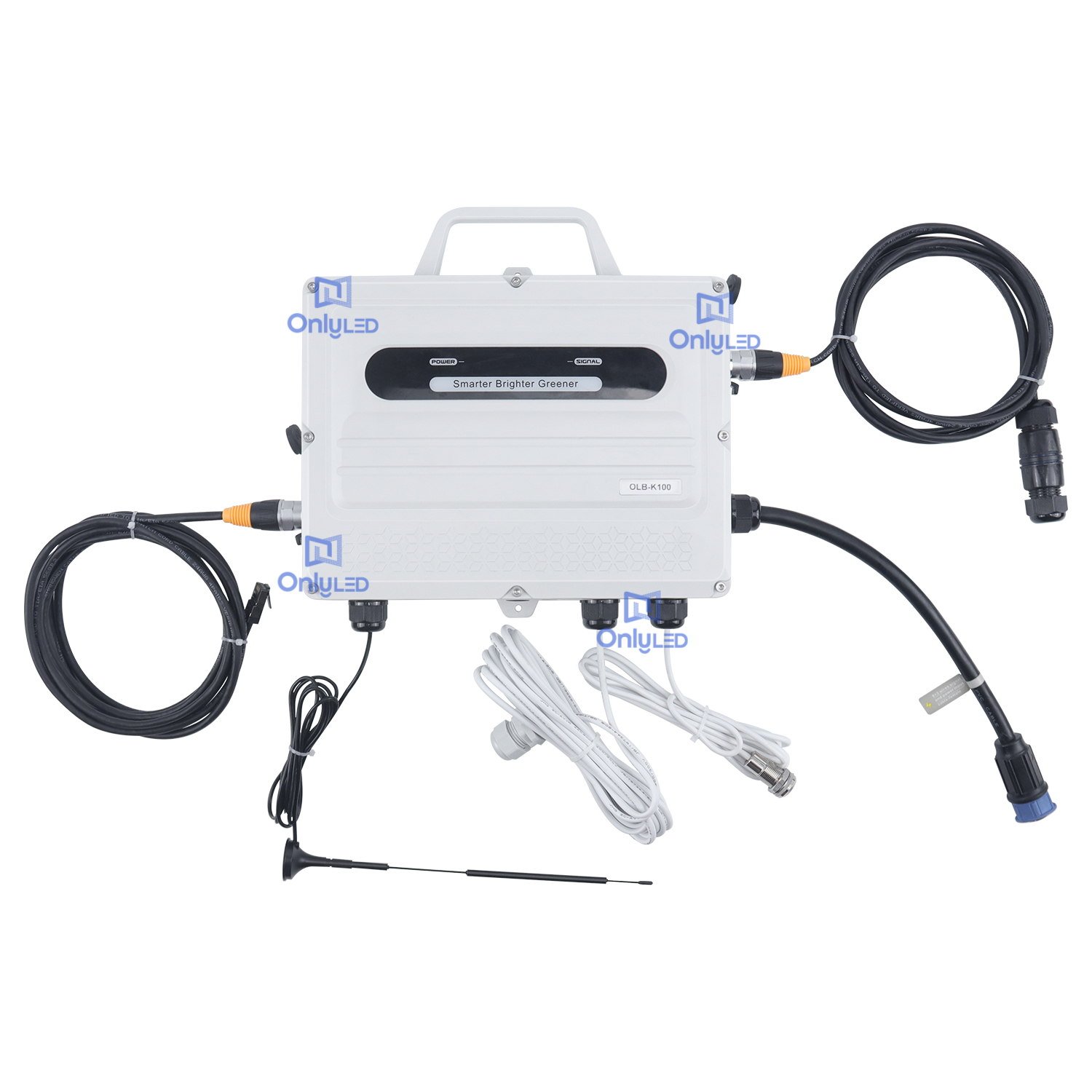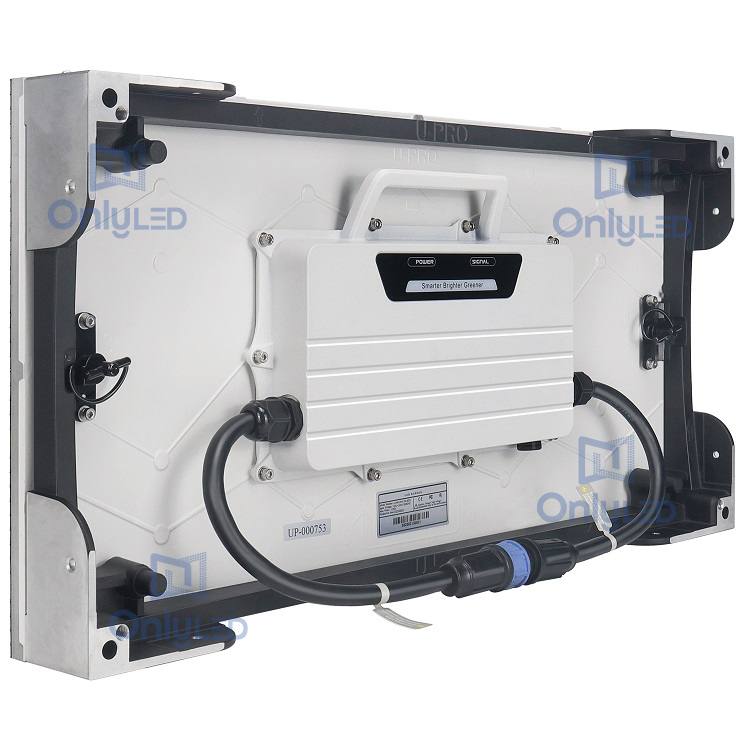Industry News
Revolutionizing the Display Industry with Small-pitch Technology
In today's technologically advanced world, the demand for high-quality display screens is ever-increasing. However, this pursuit of better visuals has led to a surge in energy consumption. Enter small-pitch display technology – a game-changer in the industry. With its low energy consumption and environmental benefits, small-pitch display is emerging as a new choice for both environmental protection and energy saving.
The Environmental Advantages of Small-pitch Display
Small-pitch displays are known for their compact pixels and reduced pixel pitch, resulting in superior image quality. However, one of their most significant advantages is their ability to conserve energy effectively. Compared to traditional display screens, small-pitch displays require much less power to function optimally, making them an environmentally friendly choice. Moreover, the minimal heat generated by these displays contributes to an overall reduction in energy consumption.
Additionally, the manufacturing of small-pitch displays has become more sustainable over the years. Manufacturers have begun using eco-friendly materials and employing energy-efficient production processes, reducing the carbon footprint associated with their production. By opting for small-pitch display technology, businesses and individuals can contribute to a greener future and mitigate the adverse effects of excessive energy consumption.
The Energy-saving Potential of Small-pitch Display
Besides its positive impact on the environment, small-pitch display technology offers immense energy-saving potential. With its low power consumption, businesses can decrease their electricity bills significantly. Whether utilized for advertising displays, video walls, or control rooms, small-pitch displays allow organizations to cut down on operational costs while still delivering top-notch visuals.
Moreover, the implementation of small-pitch display technology can lead to reduced cooling requirements. Traditional displays often generate considerable heat, necessitating additional cooling measures that consume additional energy. In contrast, small-pitch displays produce less heat, thus reducing the need for excessive cooling systems and further optimizing energy efficiency.
Conclusion
Small-pitch display technology marks a transformative shift in the display industry. Its low energy consumption, coupled with environmental benefits, positions it as a new choice for environmental protection and energy efficiency. By embracing small-pitch displays, businesses and individuals can not only reap the rewards of significant energy savings but also contribute towards sustainable practices and a greener future. It is time to make the transition to small-pitch display technology and make a positive impact on both energy consumption and environmental preservation.




